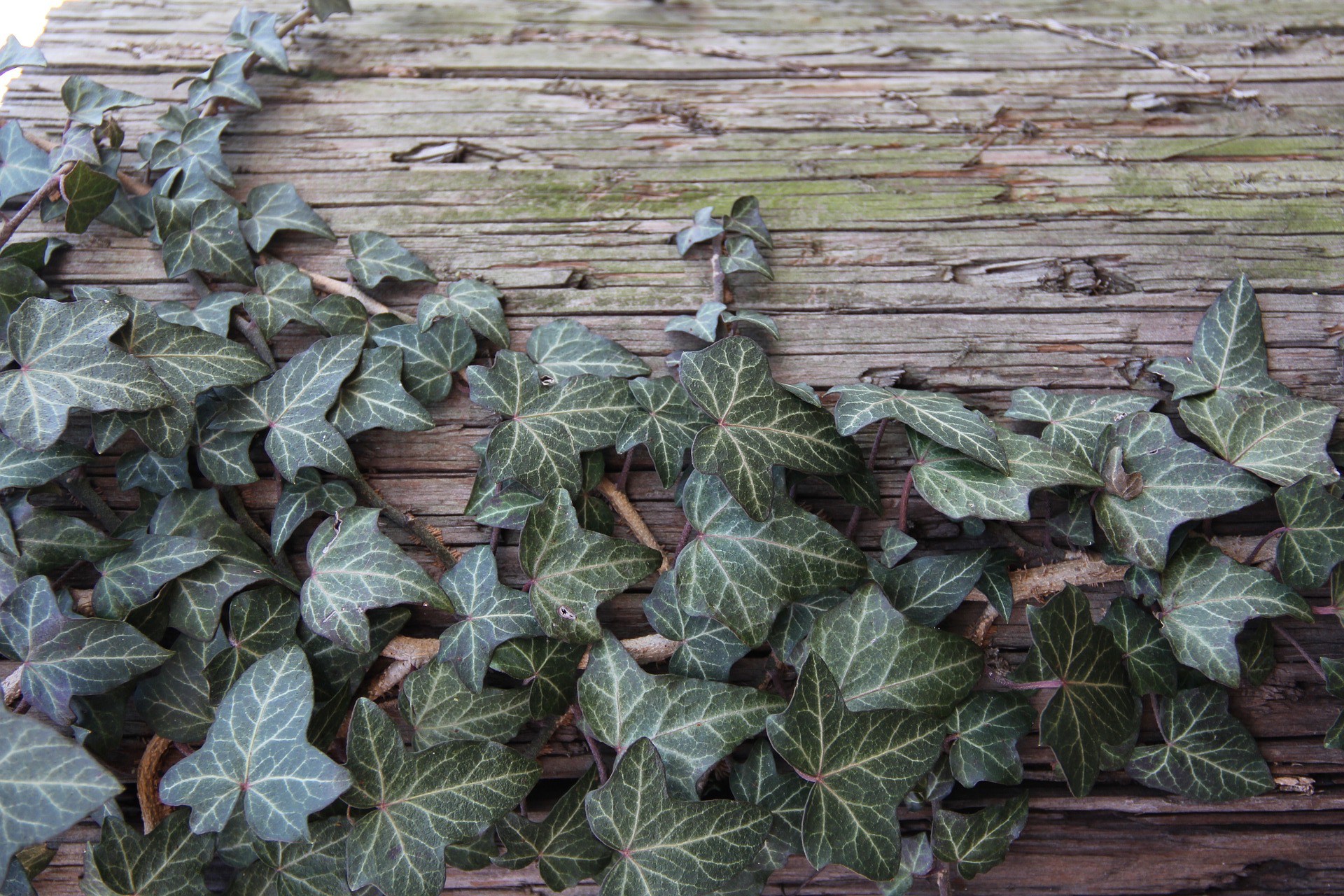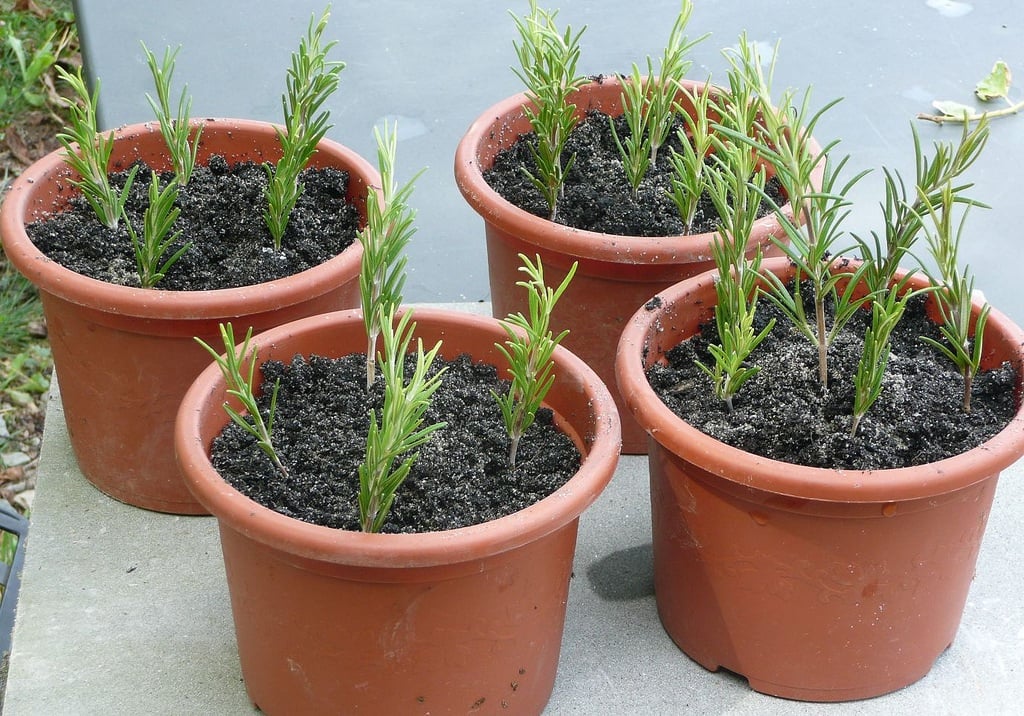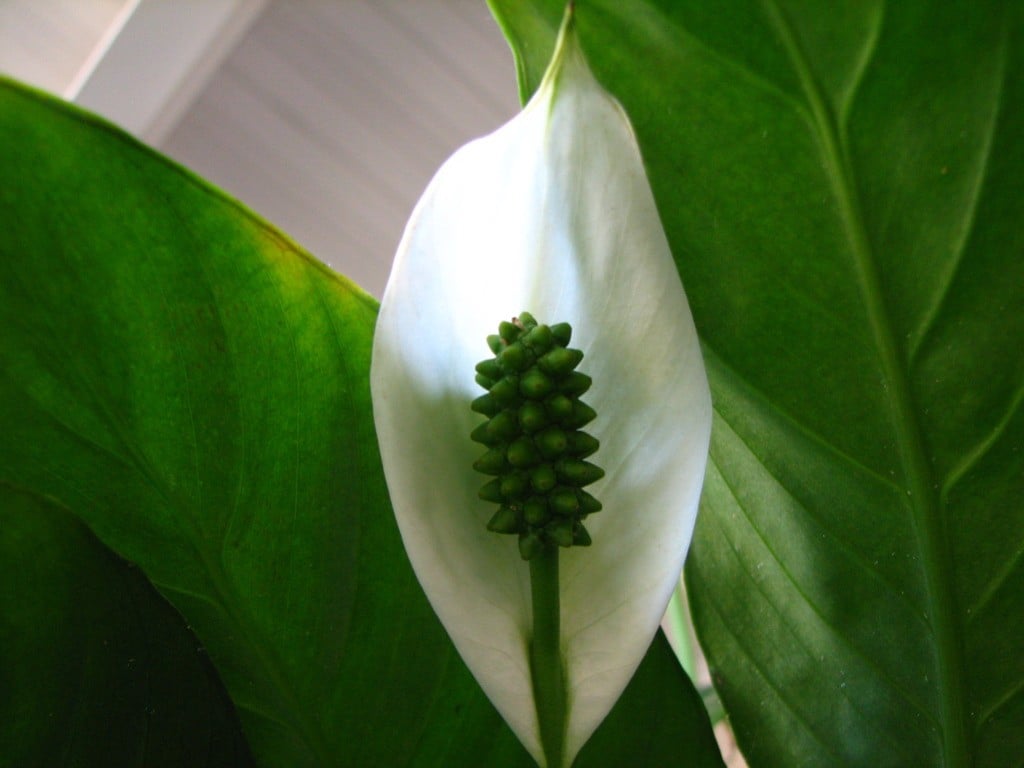Here
are eight houseplants that can help
solve a few common health-related problems. My two favorites are the
spider and snake plants. I have these two plants in our house for
several years now and are still thriving.
1. Spider Plant
Photo Credit: You TubeSpider
plants are great for removing formaldehyde from the air in your home.
This is the stuff that comes from all sorts of things you bring into
your home including paper bags, waxed papers, facial tissues, paper
towels, napkins, particle board, plywood paneling and synthetic
fabrics.
If you have poor indoor air quality and not much of a green thumb, a spider plant may be exactly what you need. It’s one of the easiest plants to care for and can be kept in less sunny places in your home since it typically doesn’t like to be placed under direct sunlight.
A spider plant can grow in any type of soil and only needs to be watered occasionally. If you can remember to water it often enough that its soil stays moist, then that’s all you really need to keep this plant alive and thriving.
2. Aloe Vera
Several varieties of Aloe Vera- I have three of them in Marinduque( CDM)Chances are you’ve probably heard of or used commercially sold medicinal creams or ointments that say they contain aloe vera on their labels. Despite a lack of scientific evidence that aloe vera has any substantial healing properties, it’s been used for thousands of years as a common natural remedy to soothe irritated skin.
The clear, gel-like substance found in the inner part of the leaf can be applied directly to the skin. According to WebMD, people typically use it to help treat burns, sunburn, frostbite, psoriasis and cold sores. Make sure you speak to your doctor first in case you have any allergies.
Aloe vera plants need to be deeply watered and their soil left to dry just slightly (about 1 to 2 inches deep) between watering. They do very well with lots of sun but can turn brown if they get too much of it, so keeping your aloe vera plant under indirect sunlight is best.
3. Lavender
Lavender is a flowering plant that has a very gentle and pleasant aroma. Best known for its stress-relieving mental benefits, the scent of lavender is often used in spa products like bath salts, skincare creams, soaps and candles.
You can place a lavender plant anywhere in your home, but putting it in your bedroom is especially helpful since it may help you sleep better. Catching a whiff of lavender may help soothe restlessness, nervousness, anxiety, depression and insomnia.
Lavender plants prefer well-drained soil and lots of sunlight. They also need deep watering, but be careful not to water them very often. Aim to water your lavender plant when the soil is nearly dry.
4. English Ivy

Nobody ever wants to think about the possibility of mold thriving in their home. If you’re worried about it, bringing an English ivy plant into your home can help you rest easy since it’s well-known to purify up to 94 percent of airborne mold particles that can trigger allergies.
Like the aloe Vera plant, English ivy is another great plant to put in your bedroom. If you have asthma or difficulty breathing at night, it can help you breathe easier and get a restful night’s sleep.
Be aware that English ivy is poisonous, so it should be kept well out of reach from children and pets. The plant thrives under fluorescent light but not direct sun, so it’s the perfect houseplant for darker than normal bedrooms with artificial light. Soil should be kept most at all times, but not soggy.
5. Snake Plant
Another great houseplant for the house is the snake plant (also known as the “Mother-in-Law’s Tongue”). It is one of the most popular choices for improving indoor air quality and easy to grow inside. It actually gets most of its job done at night, converting carbon dioxide into oxygen as you sleep.
Snake plants also remove all sorts of toxins from the air including trichloro ethylene, formaldehyde, toluene, benzene and xylene. To optimize its air purifying power throughout your entire home, you’ll likely need more than one plant. Plan to get anywhere from 6 to 8 snake plants that are of waist-high height for optimal air purification.
Considered to be one of the easiest plants to care for, snake plants do great when placed under indirect sunlight. You really don’t have to water them much at all, and they’ll actually grow better if you let them dry out quite a bit between watering.
6. Rosemary

Rosemary is an herb that’s been used in folk medicine for centuries to help improve concentration and memory. It turns out that there may be some merit to this claim since a study conducted by Northumbria University found that people who were exposed to the scent of rosemary essential oil performed better on questionnaires compared to people who were exposed to no scent at all.
Rosemary can be planted in a pot and put in any spot where it has access to bright sunlight. It should be watered evenly throughout the growing season, but will need less water in the winter. Avoid over-watering and remember to trim your rosemary plant after it flowers.
7. Peace Lily

Peace lilies will really compliment your home decor in the summer when their beautiful white flowers are in full bloom, but that’s not all that they can do. This pretty and powerful houseplant is a master of air pollutant removal – working hard to absorb ammonia, benzene, xylene, formaldehyde and trichloroethylene throughout your home.
Since this is a flowering houseplant, it will produce some pollen and a floral scent, which isn’t always suitable for people with plant and pollen-related allergies. With that in mind, peace lilies can make a gorgeous addition to any dining table, side table or entryway table.
Peace lilies should be planted in a pot with all-purpose soil and kept slightly most throughout the entire year (without overwatering). They can thrive in both low and bright light, but do best in shaded areas.
8. Boston Fern
If you live in a location where humidity tends to be a problem, the Boston fern may be the most ideal houseplant to bring into your home. Said to be a natural humidifier, Boston ferns are among the best air purifying plants that also combat formaldehyde, xylene and other unwanted toxins.
Place this type of fern in any air-conditioned room of your home. It may also indirectly benefit any dry skin you may suffer from, which can often be a side effect of highly air-conditioned indoor spaces.
Boston ferns are easy to grow and prefer indirect sunlight, but you should check the soil daily to make sure that it’s kept moist. They’re most efficient in rooms kept at a cool temperature with a humidity level of 50 to 80 percent.
Never discount the power of what a simple and innocent looking houseplant can do for your health. It’s worth doing some further research on the type of plant you choose and how to care for it if it means it will make a difference in how you feel.
Meanwhile enjoy this video of Popular House Plants in the Philippines
https://www.youtube.com/watch?v=WCaxFXrm580My Orange Ice Plant in My Front Yard-April 7, 2021






No comments:
Post a Comment